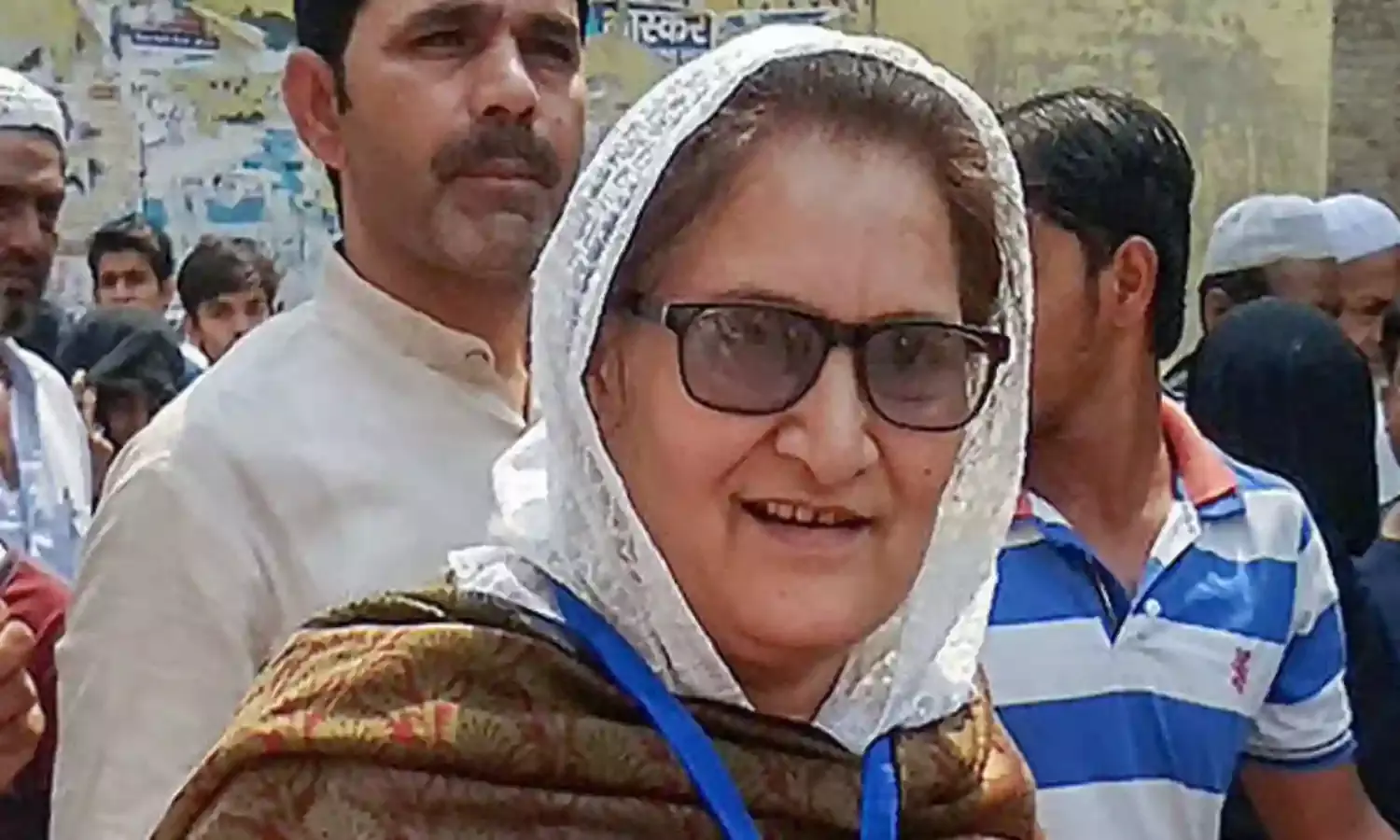6 Decisive Takeaways From BJP’s Defeat in UP
A large coalition

LUCKNOW: Beyond the index of opposition unity, a quick analysis of BJP's stunning defeat in Lok Sabha and Vidhan Sabha UP by-polls reveals the following features:
1. The anti-Muslim, non-Yadav, non-Jatav 'Hindu' coalition BJP had built in 2014 is in tatters. Kairana is part of the 'riot belt'. Here, in 2014 and 2017, against all expectations, Jats voted en masse for BJP. Previously, even during Jan Sangh days, Jats were either with the Congress or the non-BJP opposition. Built during the great uprising of 1857, the Jat-Muslim unity/coalition, consolidated by Jat leader Sir Choturam before Independence, and consequently, by Chaudhary Charan Singh, withstood even the communal wave of 1947. Muslims of Muzaffarnagar did not migrate to Pakistan because of Jat protection and pledges of brotherhood.
Jats gravitated towards BJP only after Muzaffarnagar riots. From 2014 to 2017, Jats formed the bulwark of BJP in West UP. But in Kairana by-polls, more than 70% Jats voted for the RLD candidate. Yes, Jats have an affinity for RLD. But despite the entreaties of Ajit Singh, Charan Singh's son, Jats polled in favour of BJP in the last two elections. JATS turning anti-BJP, HELPING MUSLIMS TO VOTE, carries a huge message. It implies that BJP has lost its main 'influencer', a social force that creates a wave, in West UP. Without Jat support, it would be very difficult for the BJP to win even 5 seats in Western UP in 2019.
2. Unlike Jats, a significant section of the non-Yadav OBCs and the non-Jatav Dalits, brought together forcefully by BJP in 2014 and 2017, possess a history of pro-Jan Sangh/BJP sympathies. Even before the Ram Mandir phase, Shakyas and Kashyaps, the principal Most Backward Castes (MBCs) of West UP, voted for Jan Sangh/BJP in bits and pieces. So did Valmikis, the principal non-Jatav Dalits. These social groups sided with the BJP on a large scale in the 1990s and 2000s, peaking in 2014 and 2017. However, about 25 to 35% West UP MBCs either voted for RLD or stayed home. Ditto the Valmikis.
3. MBCs turning away from BJP was seen earlier, during Phoolpur and Gorakhpur by-polls in East UP as well. MBCs like Nishads had voted for BJP in 2014 and 2017. But, in the Gorakhpur by-poll, Samajwadi Party put up a Nishad candidate who defeated BJP in the den of the party's current CM.
4. Among Brahmins and Thakurs, the latter, as seen in East UP by-polls as well, are largely with BJP. But Brahmins ensured BJP defeat in Phoolpur and Gorakhpur. They did not vote for SP; instead, they expressed their dissent by not turning up to vote. As a result, polling percentage was abysmally low in Phoolpur and Gorakhpur, a factor that played a major role in SP's win. Unlike East UP, Brahmins are few in numbers in Western parts of the State. Still, they were instrumental in contributing to the BJP wave in 2014 and 2017. But this time, both in Kairana and Noorpur, Brahmins were not seen creating a pro-BJP environment on the streets. During polling day, Brahmins largely stayed home. Polling percentage fell by almost 10% in Kairana.
5. A small petcentage of Jatav Dalits had voted for BJP in 2014 and 2017. But most remained with the BSP. Mayawati had supported SP in Phoolpur and Gorakhpur. She signalled support for RLD and SP respectively, in Kairana and Noorpur as well. But, in Kairana, the appeal by Chandrashekhar Ravan in RLD's favour, too contributed significantly to Jatav Dalits voting against BJP. In fact, a loose kind of Dalit-Muslim alliance is emerging in West UP.
6. UP's 22 Crore population has 18% Muslims. Yet, in 2014 Parliamentary polls, in which BJP got 72 seats, there was not a single Muslim MP from the 80 UP MP seats. Now, with the victory of Tabassum Hasan of RLD, supported by the Grand alliance of all non-BJP parties--SP, BSP and Congress--there is one Muslim MP from UP in Parliament.



